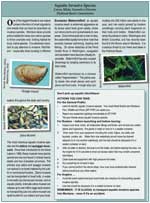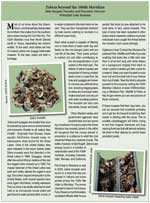Invasive Species
There are a number of ways for invasive species to find their way into the Flathead Watershed. It is important that anglers, boaters, and personal watercraft users help stop the spread of aquatic invasive organisms. Our lakes are a prime habitat for invasive nonnative species to become established and destroy the native habitat while also negatively affecting our economy.
Aquatic Invasive Species
Aquatic Invasive Species (AIS) are plants such as Eurasian watermilfoil (Myriophyllum spicatum), animals such as zebra mussels (Dreissena polymorpha), and other organisms such as Myxobolus ceresbralis, the parasite that, along with the aquatic worm (Tubifex tubifex), causes whirling disease. Once introduced into new habitats, these organisms disturb native species through competition, predation, displacement, hybridization, and spread of disease and parasites, and can ultimately cause the extinction of many valued organisms. AIS also affects humans by adversely impacting commercial, agricultural, aquacultural, and recreational activities that depend on water resources. AIS are a growing concern in the Flathead Watershed.
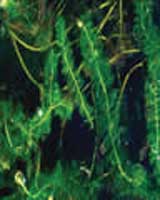 |
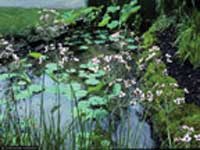 |
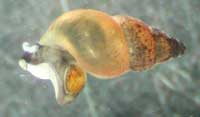 |
|
| Figure 5.15: Aquatic invasive species. Eurasian milfoil (left), Flowering Rush (upper right), Flowering Rush (upper rIght), New Zealand mussel (lower right). Source: Montana Fish, Wildlife, & Parks | |
Flathead Basin AIS Work Group
|
|


